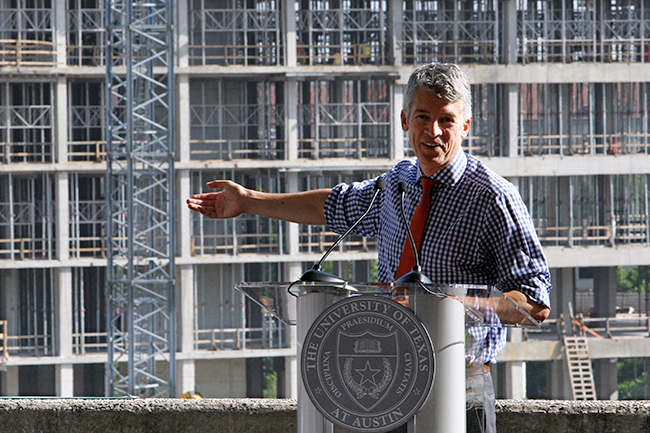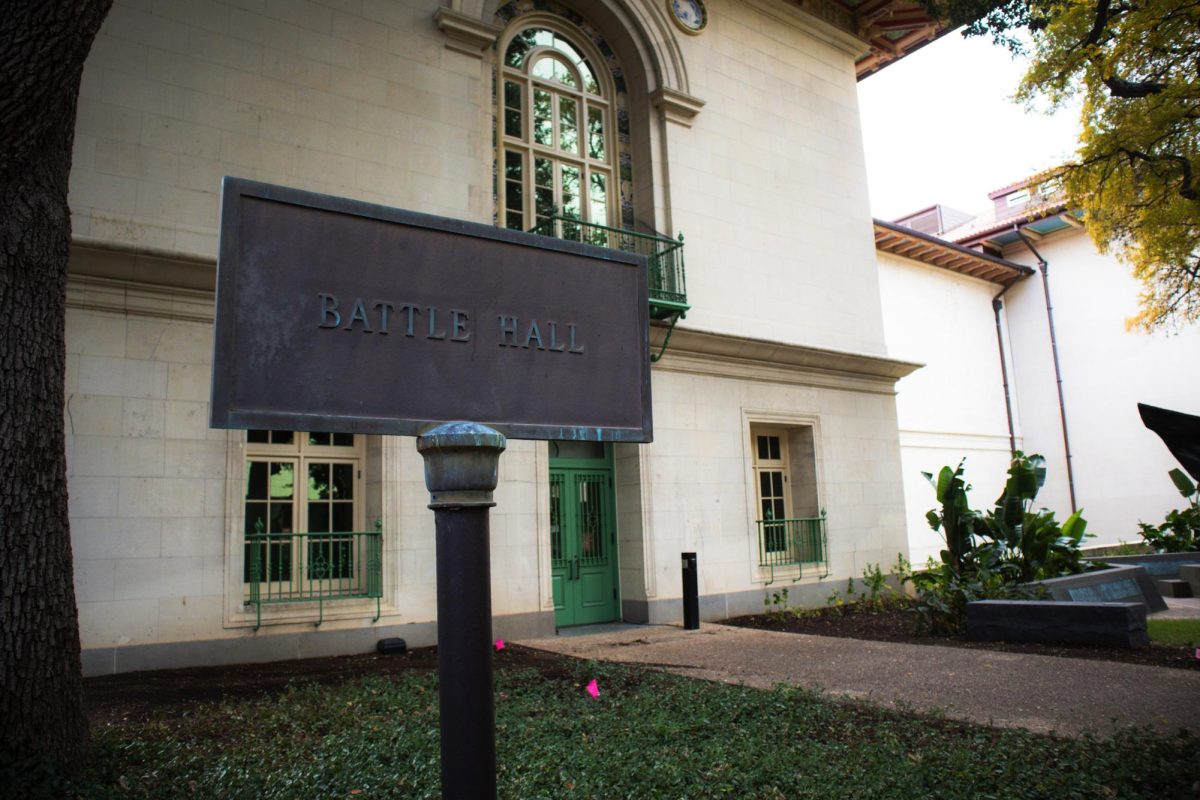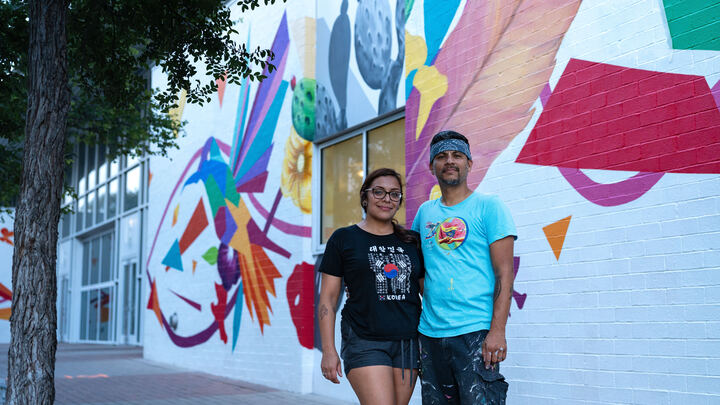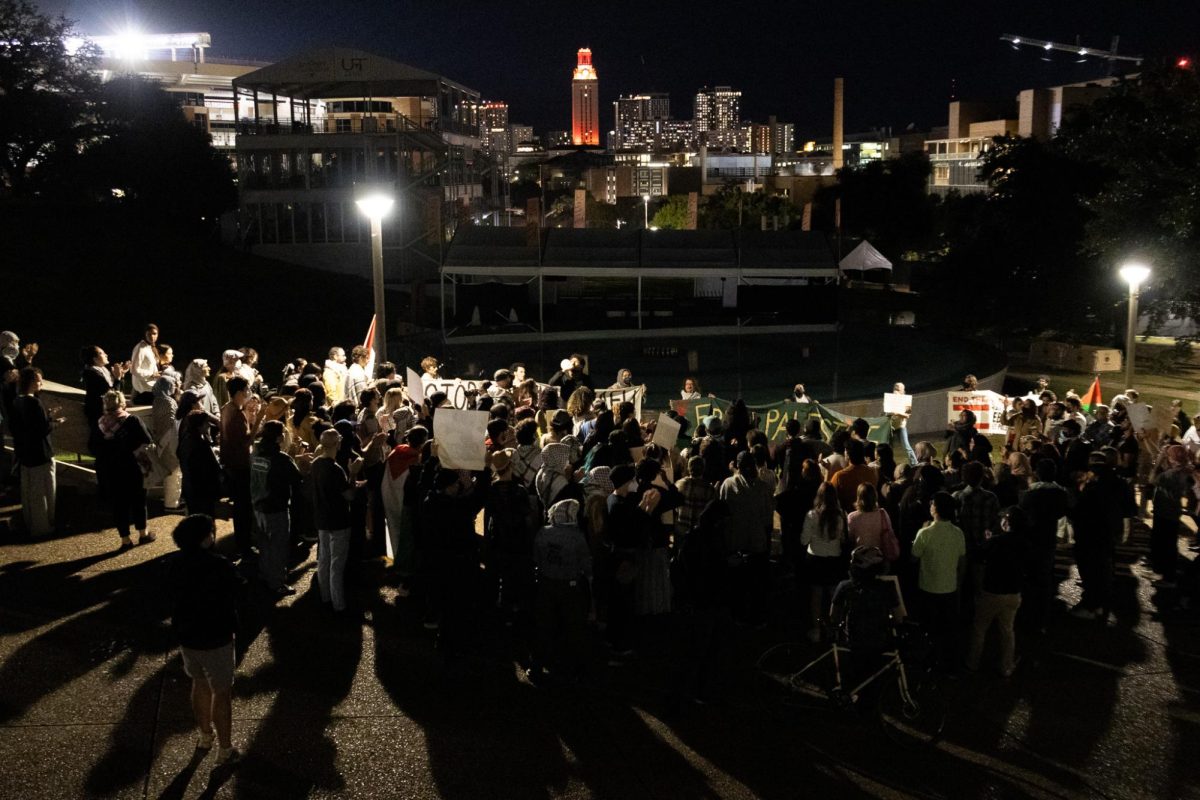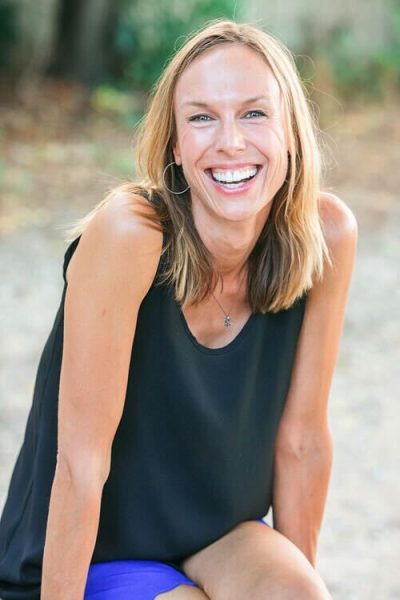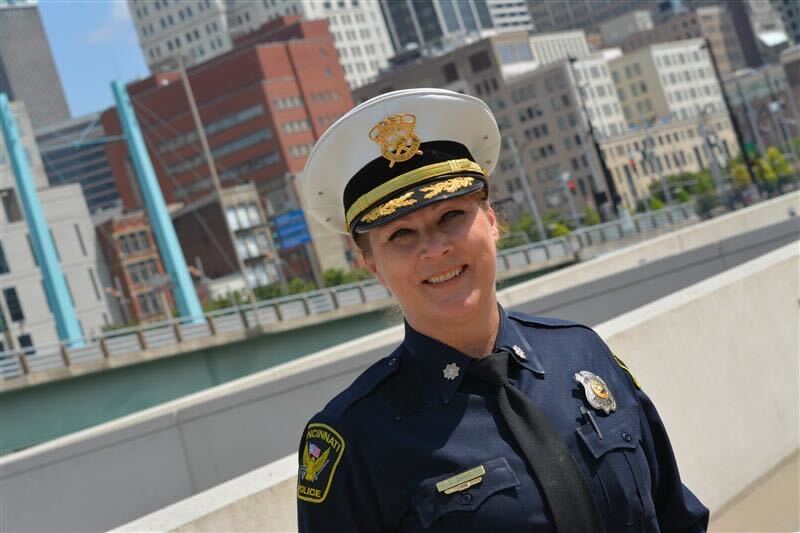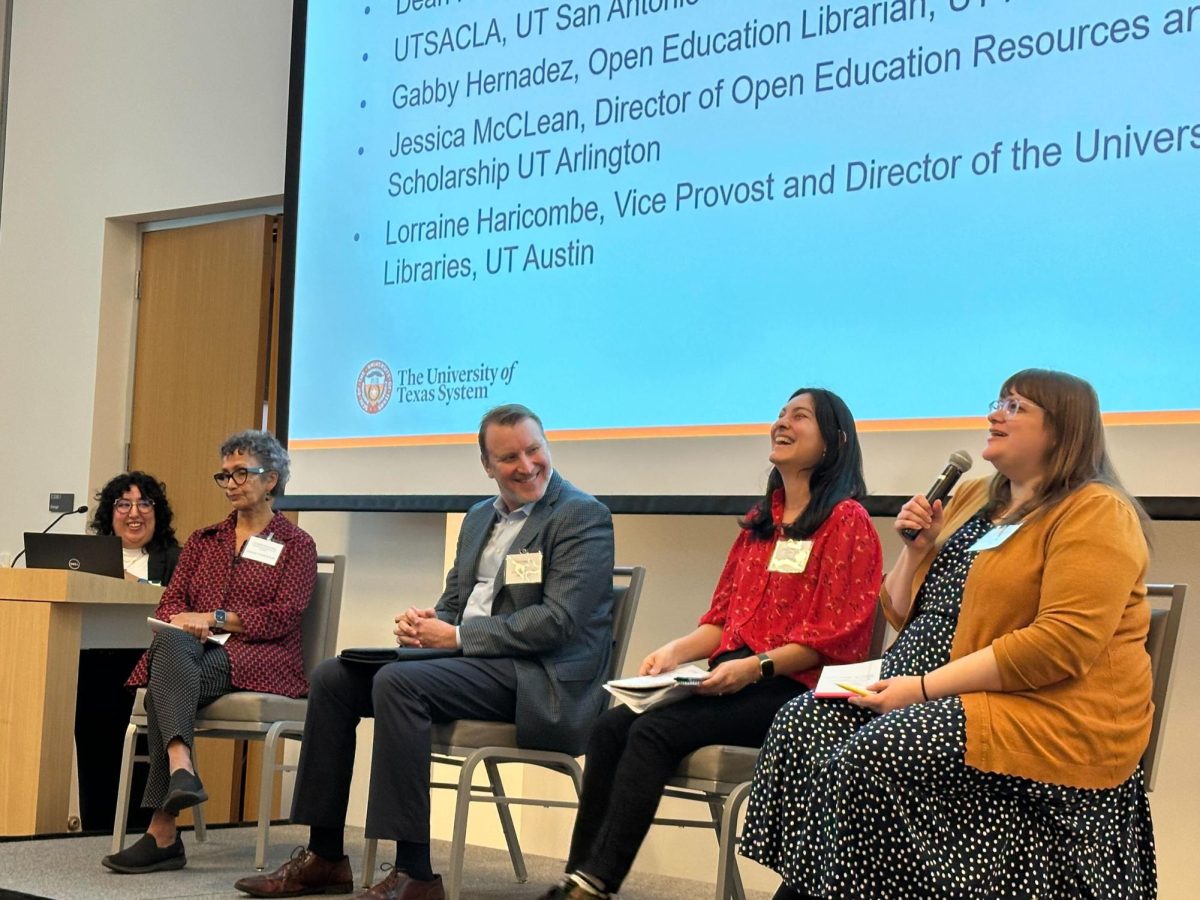President Gregory Fenves announced Monday the Dell Medical School received preliminary accreditation as a medical school.
With preliminary accreditation from the Liaison Committee on Medical Education, the school began accepting applications for its inaugural class of 50 students, which will start classes June, 27, 2016.
More than 1,000 candidates have already submitted their first review applications since the school opened applications last week, according to Clay Johnston, dean of the medical school. Rolling admissions will be open until October 15, and Johnston said the school has already begun reviewing applications.
“We’re trying to train the future leaders in medicine, so, not surprisingly, it’s going to be hard to set yourself up on that trajectory,” Johnston said.
Yara Aboshady, a graduate from Rice University with a degree in biochemistry and cell biology, said the UT-Austin name attracted her to the medical school.
“As soon as they said that they were opening one, I jumped on the opportunity to apply there,” Aboshady said.
According to Johnston, the medical school is right on track, earning preliminary accreditation from the LCME a year away from welcoming its first class.
The LCME will then grant the medical school provisional accreditation if it meets set requirements, and students will be able to continue into their third year, according to Johnston. The program will then be eligible for full accreditation before the first class graduates, Johnston said.
The medical school outlined its new curriculum, which includes clinical work in the second year and an innovation, leadership and discovery year, during which third-year students will be able to work in the fields of redesign, population health and information or more traditional research.
The curriculum consists of four consecutive year-round programs.
“For people who want summer vacations or other vacations, they probably should choose a different school — they’re going to be working hard throughout,” Johnston said.
Sen. Kirk Watson (D-Austin) spoke at the press conference, which was on the top floor of the Brackenridge Parking Garage, overlooking the skeletons of buildings that will make up the over 1 million square foot medical district at 15th Street and Red River Street.
Watson worked with the University and the City since 2006 to bring a medical school to Austin as part of his “10 Goals in 10 Years” plan. In 2012, Travis County voters approved raising property taxes to help fund the medical school with $35 million annually.
Watson said innovation at the medical school offers boundless possibilities for a healthier community, economy and world, and he thanked the community for its role in making the medical school a reality.
“That innovation found its fullest inspiration and expression when this remarkable community voted to create a new medical school at the University of Texas at Austin,” Watson said.
The UT System Board of Regents approved an additional $50 million for the medical school and allocated a total of $65 million for the medical school and faculty recruiting.
The Seton Healthcare Family is also building a $295 million teaching hospital as part of the Dell Seton Medical Center.
Christiann Vasquez, president of Dell Seton Medical Center, spoke about the collaboration underway between Seton, the University and the community to make the medical center possible.
“One of the marvelous things about this project is we bring together the medical school, the academic teaching hospital, the nursing school, the social work school, the pharmacy school, the engineering school and the business school,” Vasquez said. “We will have a level of collaboration among many disciplines that will exist on this campus, and we will work together to drive care to the next level.”
Aboshady said she is excited about the opportunity to be part of the first class at the medical school.
“Being one of the first classes at the medical school, you kind of have the opportunity to set the traditions,” Aboshady said. “You have the opportunity to set where the medical school stands, especially in a state like Texas that has Baylor and UT-Southwestern, UT-Houston, which are all very, very big names in the health care world.”

